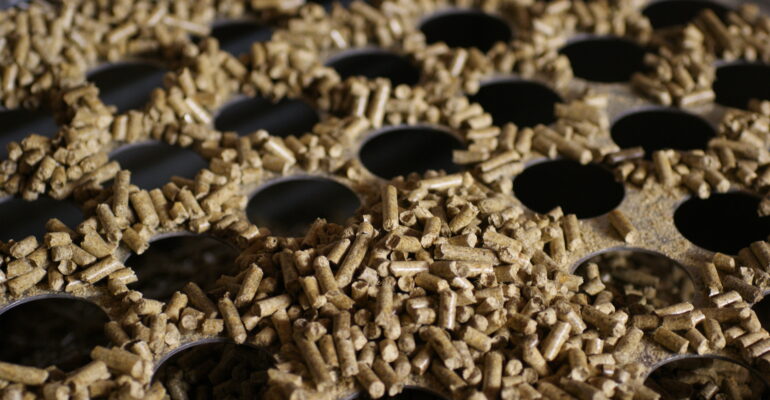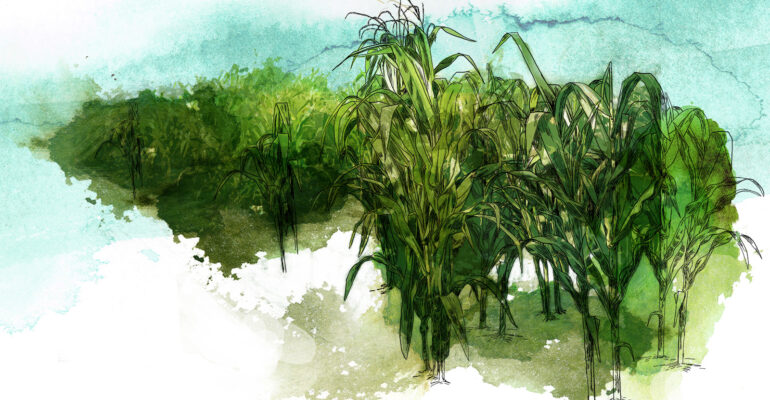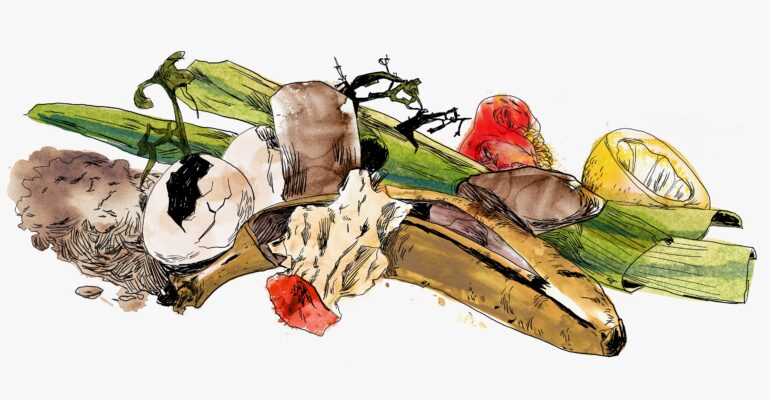News
Cap on biofuels – next cap on all bioenergy?
Cap on biofuels – next cap on all bioenergy? Written by Sini Eräjää, EU Bioenergy Policy Officer for BirdLife Europe and the European Environmental Bureau. The new legislation to limit support for the use of food-based biofuels endorsed by the European Parliament today marks a milestone. It marks the closing of the
Does bioenergy fit in the vision for an Energy Union?
Does bioenergy fit in the vision for an Energy Union? Written by Sini Eräjää, EU Bioenergy Policy Officer for BirdLife Europe and the European Environmental Bureau. The European Commission’s strategy paper on the Energy Union, published earlier this year once again declared the Commission’s commitment to “an energy policy to make the
USA vs. Europe: the troublesome footprint of EU renewable policies
USA vs. Europe: the troublesome footprint of EU renewable policies Written by guest author Ginny Kreitler, Senior Energy Advisor for Audubon (BirdLife in the US). Wood pellet production for European energy markets, as practiced recently, creates a carbon debt through 2030 and fosters unsustainable timbering practices. Running power plants on imported
Reasons to change the zero-rated criteria for biomass in the EU ETS
Reasons to change the zero-rated criteria for biomass in the EU ETS Written by Sini Eräjää, EU Bioenergy Policy Officer for BirdLife Europe and the European Environmental Bureau. The EU’s Emission Trading Scheme (ETS) is supposed to be the EU’s key tool to tackle climate change by putting a price on carbon
What is bioenergy
This website explores the limits of sustainable use of bioenergy in Europe and the impacts of its increasing use Most of Europe’s renewable energy is bioenergy. That means burning a lot of biomass – but what is bioenergy exactly? Bio-energy (from the ancient Greek bios, life) derives from organic materials, such as
What science says
The climate impacts and GHG emissions from increased bioenergy use as well the overall availability of biomass for energy are topics of increasing amount of research and public interest. Various social and environmental impacts have also been widely covered by research. What does the research say? Does bioenergy use reduce
What drives demand
Demand of biomass such as wood, crops and waste for energy is growing due to the EU’s policies While demand for food, wood and most natural resources is expected rise due to growing demand and population in general, demand by energy sector is driven by energy and climate policies. Therefore
What are we burning
What are we burning WASTE Different kind bio-based waste streams can provide opportunities for sustainable use of bioenergy Waste with potential for bioenergy use include sewage sludge from waste water, manure from livestock, biowaste fraction of municipal solid waste , used cooking oil and other industrial food waste. Never the







